In an aisle of Toul Tompoung’s Angkor Market, a bright blue can with the striking image of the monkey god Hanuman jostles for attention with brands many Cambodians have sipped for years.
Alongside other brews with notable labels – the iconic temples emblazoned on Carlsberg’s Angkor, the snarl of Heineken’s Tiger and the red C of Khmer Beverages’ Cambodia Beer – Hanuman Beverages is one of three new, industrial breweries on a quest to conquer the crowded Cambodian beer market.
Named for the monkey god who helped Hindu deity Rama defeat his enemies, Hanuman recently completed construction of a more than $160 million brewery, with an initial production capacity of 300 million bottles and cans of 330 millilitres (11.15 ounces). The new $140 million Vattanac Brewery promises to annually deliver 1.8 billion cans of beer, and still low-profile Inter-Mattrid Beverage is expected to enter the competition with a $78 million brewery with an unannounced production capacity.
All three breweries have been or are scheduled to be built by German manufacturer Ziemann Holvrieka, which is controlled by China International Maritime Containers, a Chinese state-owned group. China Daily reported Ziemann executives planned to target emerging markets, especially in Southeast Asia, and noted the company had more than 120 engineering, procurement and construction contracts for breweries in 33 countries as of 2016. Ziemann told the Globe that the company received construction orders from Hanuman Beverages in 2019 and the other two companies in 2020.
There are already ten industrial-size brewery and beverage plants licensed in Cambodia, the Phnom Penh Post reported. While official consumption statistics are tough to verify and the industry appears to have taken a significant hit from the Covid-19 pandemic, the data suggest supply may be far exceeding demand, even before the arrival of the three new breweries.
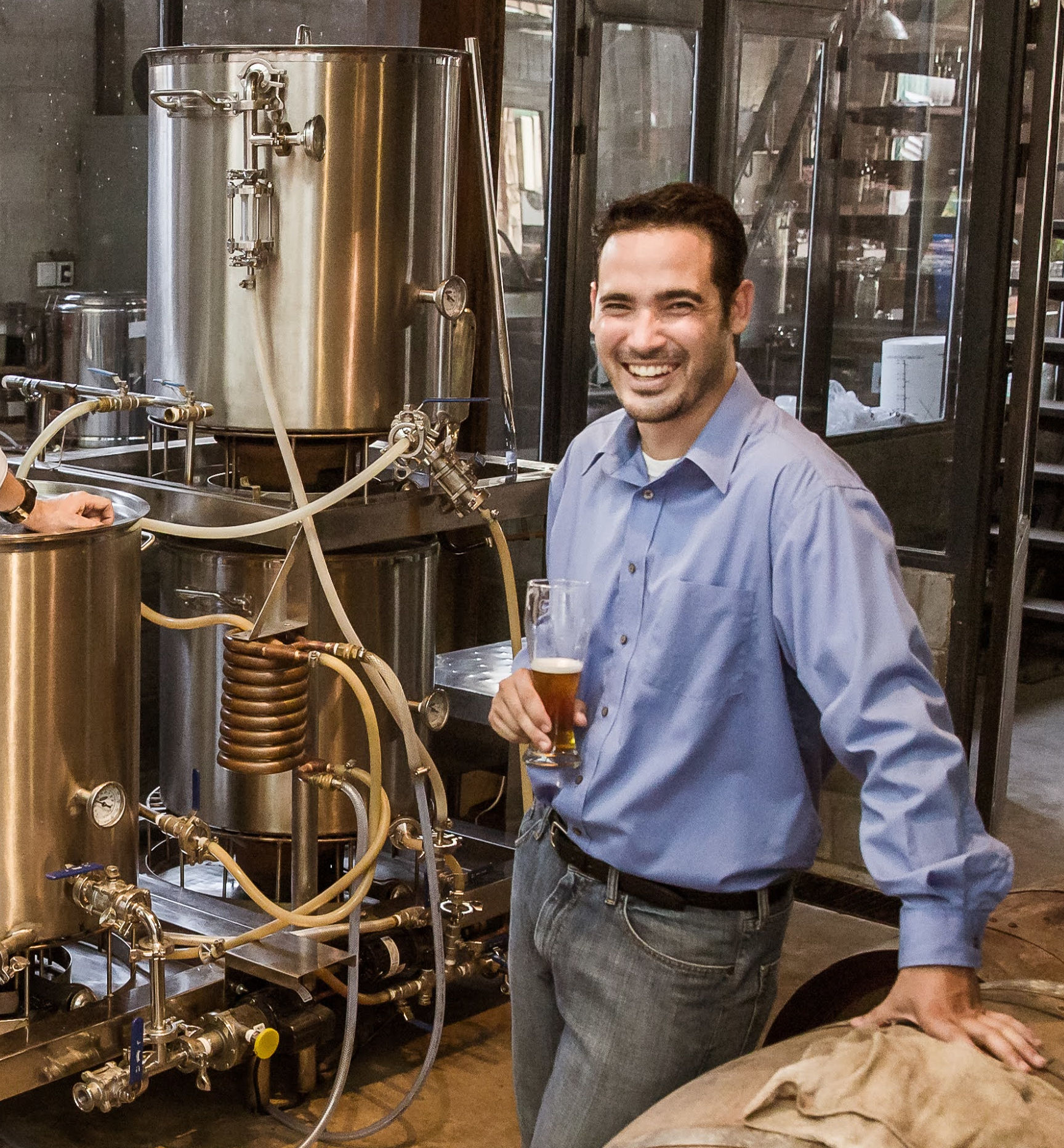
Cambodians reportedly drank 610 million litres (161 million gallons) of beer in 2017, but production capacity jumped to 1.2 billion litres (317 million gallons) by 2019, according to global hops supplier BarthHaas. Outpacing growth in Vietnam and Thailand, Cambodia was identified as one of the main contributors to Asia’s growing beer production.
A convergence of industrial brewers in the same city, in a country of only 16 million people, surprised beer industry insiders who now expect Cambodia’s competition to become more intense. Erich Phillips, founding partner of Cerevisia Craft Brewery, said he will watch from the relative safety of the niche craft brewing market while the heavyweight breweries duke it out.
“I think there will be a beer war,” Phillips said. “And I think it will come down to quality.”
When it comes down to alcohol, there is not much of a domestic wine or spirits industry in the Kingdom. Cambodians are by and large beer drinkers, which fits into a culture known for outsized weddings and funerals. Alcohol consumption in Cambodia has more than tripled since 2000, according to World Bank data.
Unlike countries with more established industries, Cambodia only recently has seen the arrival of franchises and concepts of brand loyalty.
“The breweries that will win out over the next few years will be the ones that build that connection to their products,” said Charles Guerrier, founder of the Asia Beer Championship, a regional beer industry competition. “It’s an emotional connection. Drinking is an emotional thing.”
Cambodians typically stick with more affordable beer, Guerrier said. The most popular beer brands in the Cambodian market are lagers, light-coloured beers made from the fermented yeast at the bottom of brewing tanks.
“The lagers are the perfect drink for the tropics,” Guerrier said. “It’s cold, it’s easy to drink. It’s refreshing. You’re sitting outside and it’s 30 degrees [86 Fahrenheit] with your friends. You’re not going to reach for a double IPA or a dark ale, you’re going to reach for a lager because you’re going to want to quench your thirst.”
It’s an emotional connection. Drinking is an emotional thing
With an open playing field in the 1990s, Angkor became the thirst quencher of choice for Cambodians with its tagline, “My Country, My Beer.” First brewed in 1992, Angkor led the way for Cambrew, which was later integrated into the Carlsberg Group, to capture more than 50% of the market, according to Hanuman’s market research.
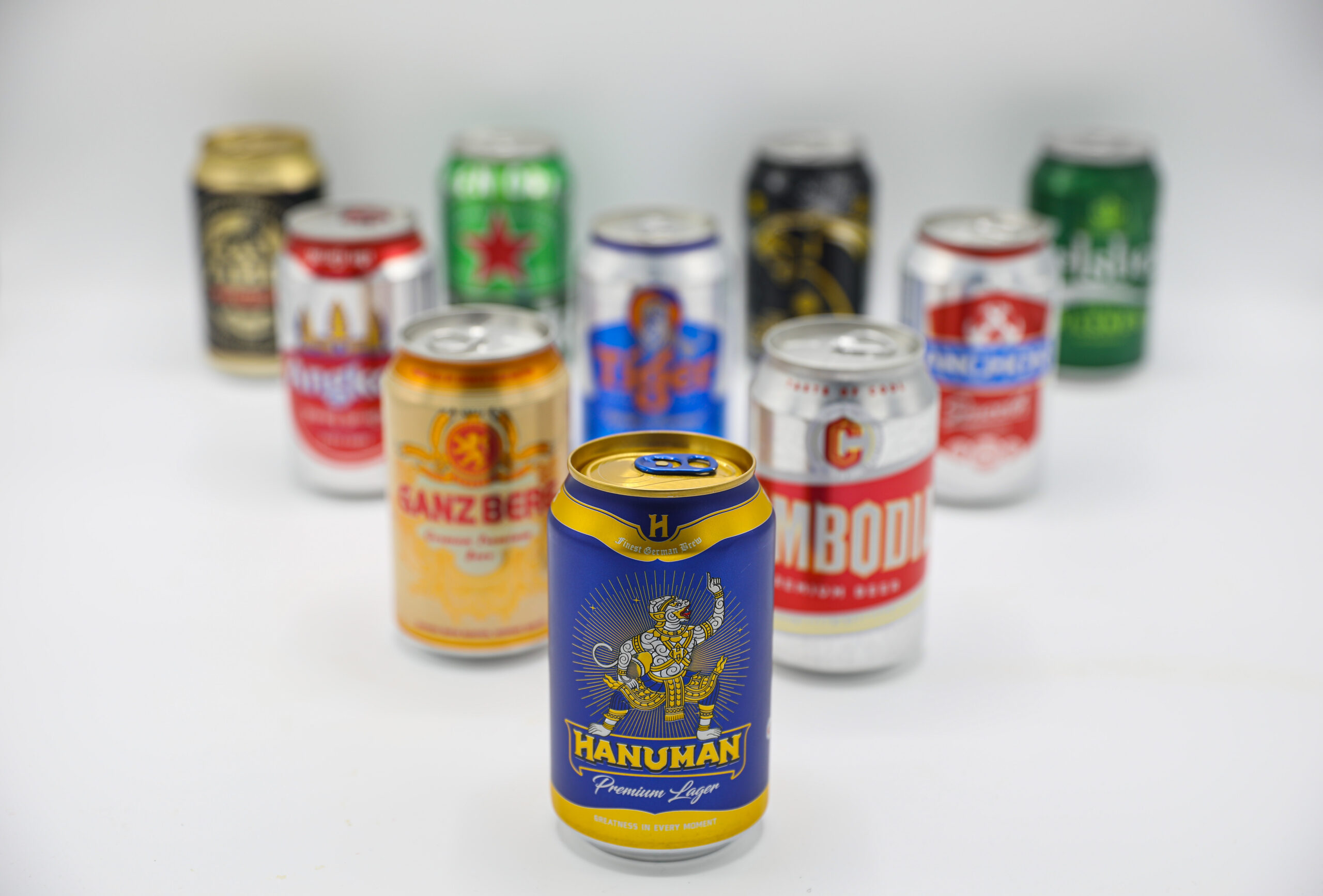
Chip Mong Group’s $60 million Khmer Brewery Co. Ltd., now known as Khmer Beverages, has gone through several expansion phases and boosted its production capacity since entering the scene in the mid-2000s, eroding much of Angkor beer’s dominance. More breweries followed.
Compared to Thailand, where restrictive regulations and the duopoly of ThaiBev’s Chang and Boon Rawd Brewery’s Singha beers have stifled industry changes, Cambodia is a cornucopia of industrial and craft beers alike, boasting more than two dozen small-scale breweries.
Among the most popular these days are subsidiaries of Heineken, which gushed in a 2019 shareholder report about its “strong double-digit growth [in Cambodia], driven by Anchor and Tiger in an expanding beer market.” Cambodia, along with Vietnam, were considered among the company’s fastest growth markets.
Ganzberg beer, whose German name belies its Cambodian origins, is considered the leading brand in rural Cambodia, where Ganzberg banners adorn houses and mom-and-pop stores. Billboards for Ganzberg and other major beers are ubiquitous along even the smallest countryside roads, a testament to the tremendous capital poured into marketing campaigns across Cambodia, highlighting the enormous margins companies leave for their cascade of promotions and advertisements.
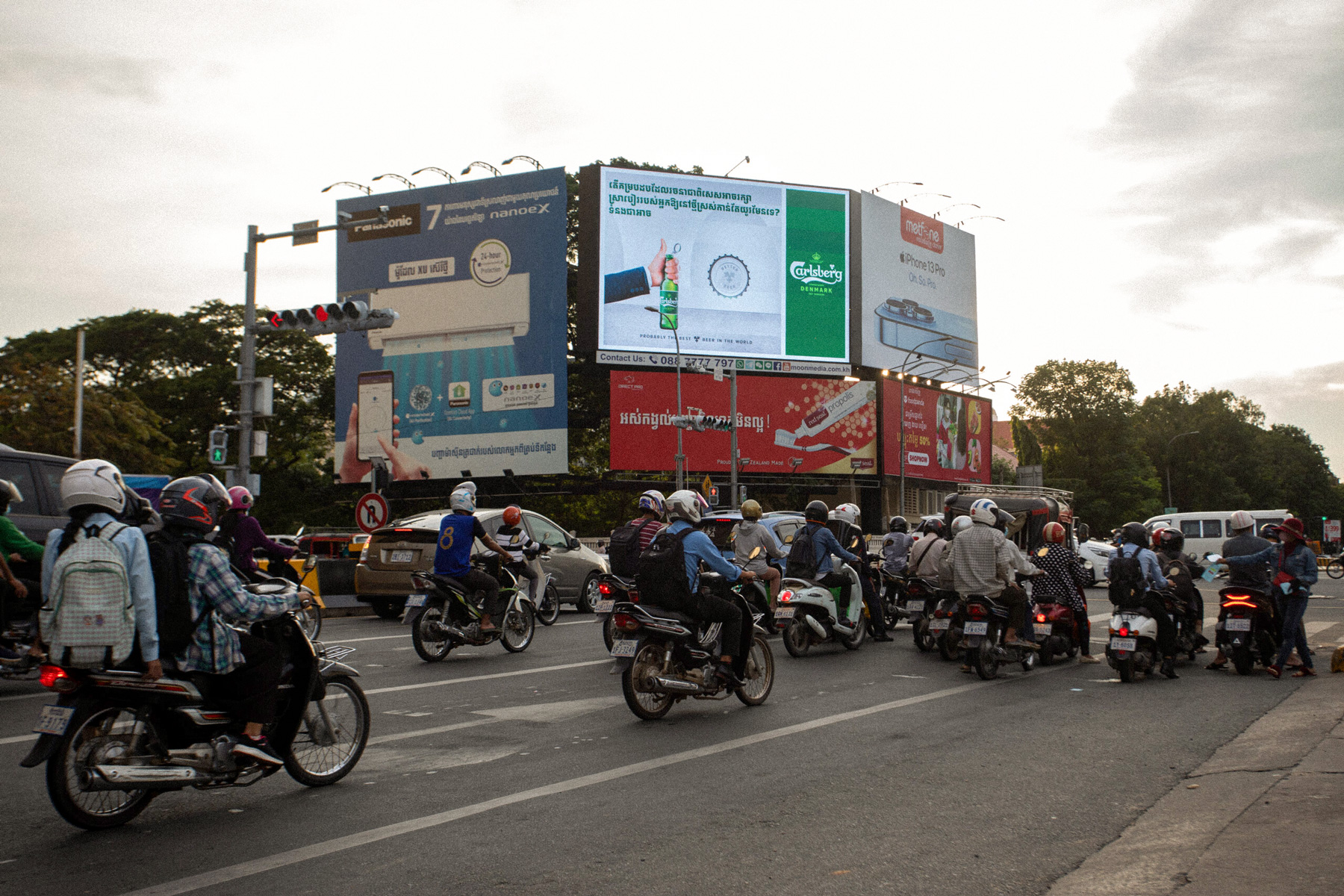
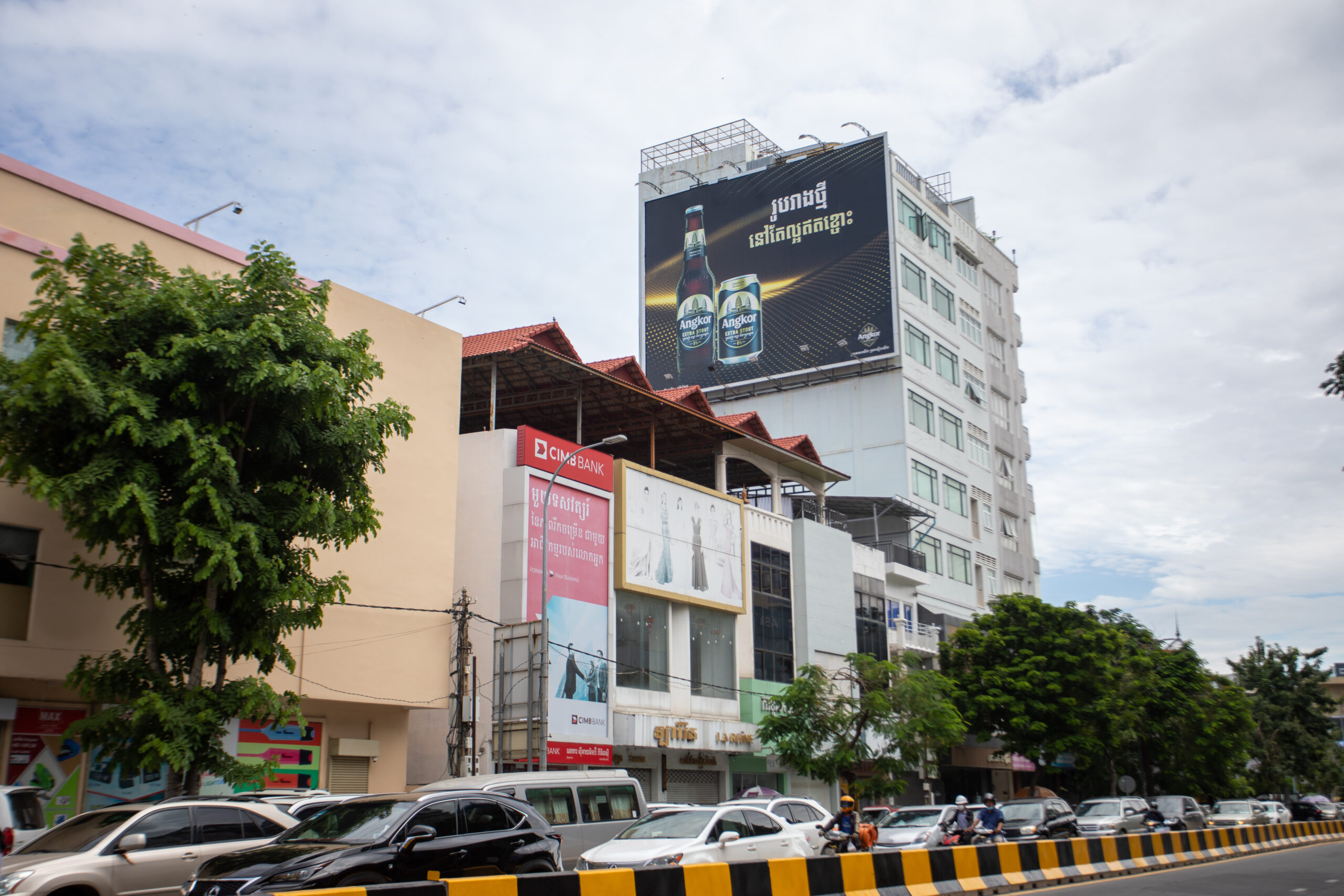
The widespread ad exposure and ubiquity of 50-cent Ganzberg, Angkor and other cheap beers make them popular choices for the developing country.
Even so, a robust craft beer scene has taken hold in Cambodia over the last ten years, just as it has thrived in Vietnam. Some Vietnamese breweries like FuzzyLogic have crossed over and found success in the kingdom.
The rise of craft beer signals a shift of sensibilities in Cambodia, which has had one of the world’s fastest-growing economies in the past two decades, according to a World Bank report. The emerging middle class wants to spend its disposable income on a wider range of higher quality products, Phillips said.
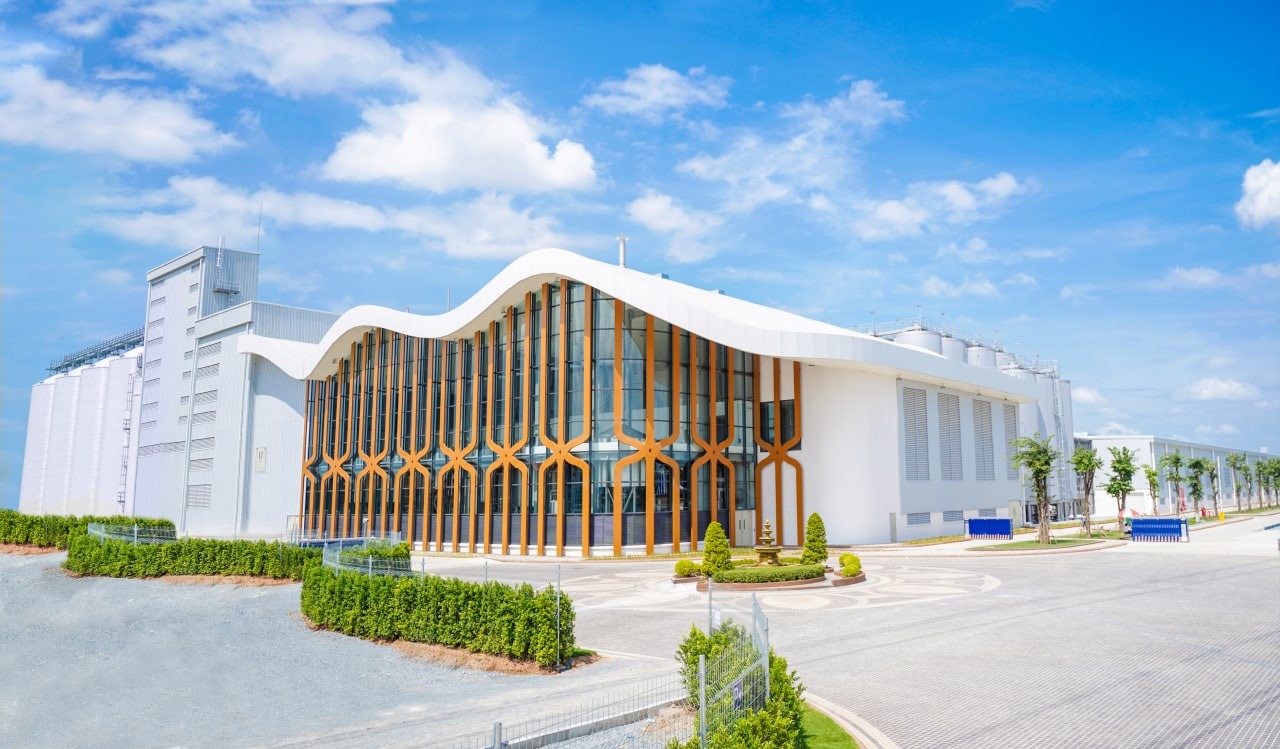
Along the wide avenue of Street 2004 leading to Hanuman’s corporate headquarters, a legion of Hanuman billboards proclaim, “Greatness is in your hand.”
Inside the building, shades of blue adorn the carpets and furnishing, replete with matching flowers and employees in Navy-coloured blazers. The front entrance offers a display of oranges, pineapples and other fruits along with a cooked pig, sprawled out before a small shrine surrounded with cans of Hanuman.
“We make the offering to get the customers,” an employee said.
On an upper floor in a slick, glass-walled conference room, CEO Chas Geschke considers the company’s strategy. Though he hails from Australia, Geschke knows the Southeast Asian beverage market well, having served as managing director at Asia Pacific, Southeast Asia’s first cider company, and later as production head for Natural Spring water in Cambodia.

Geschke dismissed claims the beer market is oversaturated and explained he is unconcerned that Hanuman’s competitors produce more brew.
“Our research has the consumption in Cambodia [at] considerably more than quoted by BartHaas,” said Geschke, referring to the apparent two-to-one ratio of beer production to consumption in Cambodia. “However, most volume in Cambodia is consumed in the mainstream and economy markets.”
He wouldn’t share the research keeping his company confident, but Geschke said there will be “plenty of room” for new beers to enter the market and expand consumer options.
“Whilst the existing breweries will have to make some room for the new ones to enter the market, the consumers will be the winners in the end,” he said.
The other two companies are even more tight-lipped about their plans and strategies.
Vattanac completed its first brew in October and plans to enter the market soon. “Vattanac Brewery commits to produc[ing] a national beer that will be at the top of its category in terms of quality,” the company said in a written statement in response to an interview request.
Inter-Mattrid did not respond to a request for an interview or additional information.
Many Cambodian beer buyers are focused on the industry’s “ring-pull promotions” with promises of cars, free cash and other prizes on the back of beer tabs. The most common reward is a free beer. Typically a case of 24 beers for $12 will yield an additional six beers in prizes.
The Cambodian government considered banning the promotions for encouraging drinking through gambling, but they remain widespread throughout the market.
Geschke noted the best ring-pull promotions at a given moment typically drive consumer behaviour: “The mainstream market is very much volume focused… it can fluctuate easily based on who has the most winners at the time.”
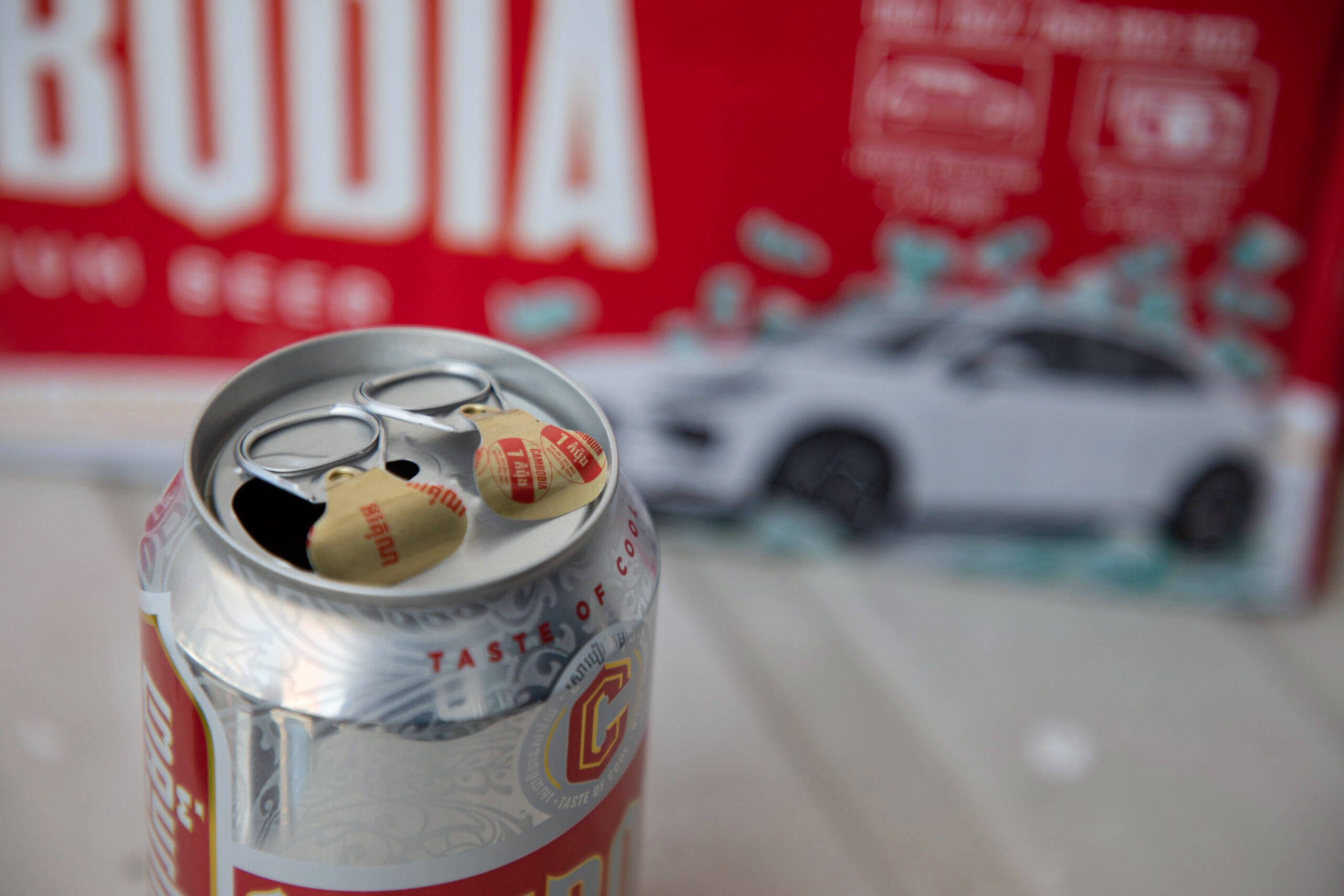
A case of Hanuman cans typically sells for $13.30 without ring-pull promotions. The company instead is attempting to support local events, developing an image as the beer with which Cambodians treat themselves well. Pitching itself as “mainstream plus,” Hanuman hopes to attract urban and semi-urban Cambodians, Geschke said.
“Hanuman is definitely more targeted at the higher end of the mass market,” he said. “This sets us against mostly the international brands that are the go-to choice for consumers that are really after a top-quality beer.”
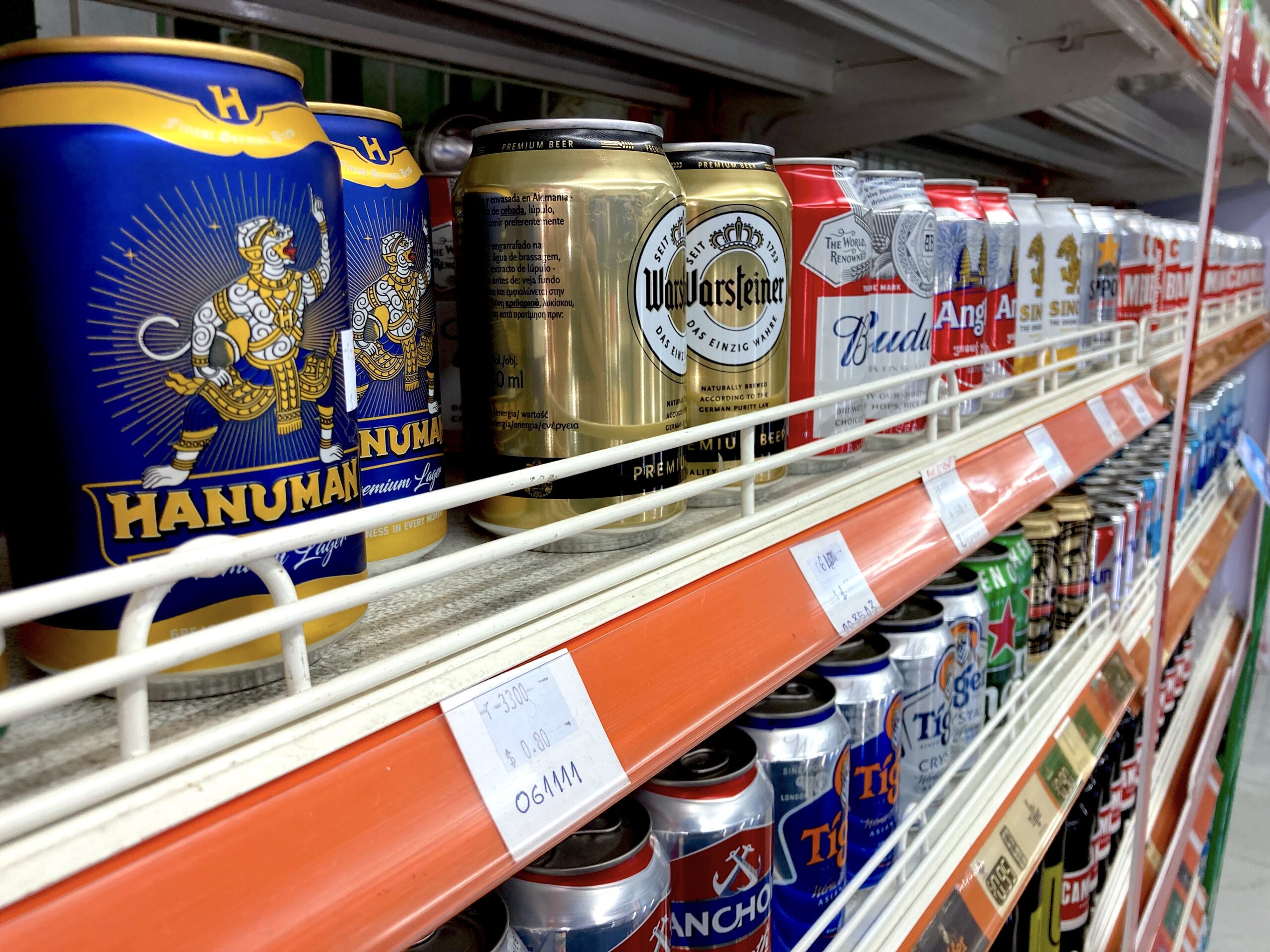
Hanuman is betting on making a customer connection through the appearance of a higher-quality product, including a matte finish distinct from the slick gloss of most beer cans. Additionally, many bottles have glue labels that peel off or smudge in iceboxes commonly used in lieu of refrigerators, so Hanuman invested in a water-resistant label capable of withstanding melting ice.
The company also hopes its brewery campus spread over 200,000 square metres (2.1 million square feet) with sports fields and a beer garden will become a destination in itself, touting sustainability with plans to maintain the grounds with recycled brewing water.
If it’s any indication of the future, Hanuman has done well at Preab Ry Phannao’s shop on Sala Kamreuk road in Siem Reap. She has sold an average of ten cases per week since picking up the brand in October.
The market will determine the future for Hanuman and the other new brands joining Cambodia’s ongoing battle for beer supremacy.
“The customers want it, so I’ll keep selling it,” she said. “Customers told me the quality of it is very good. For now, in the first month, there are enough customers to keep Hanuman.”
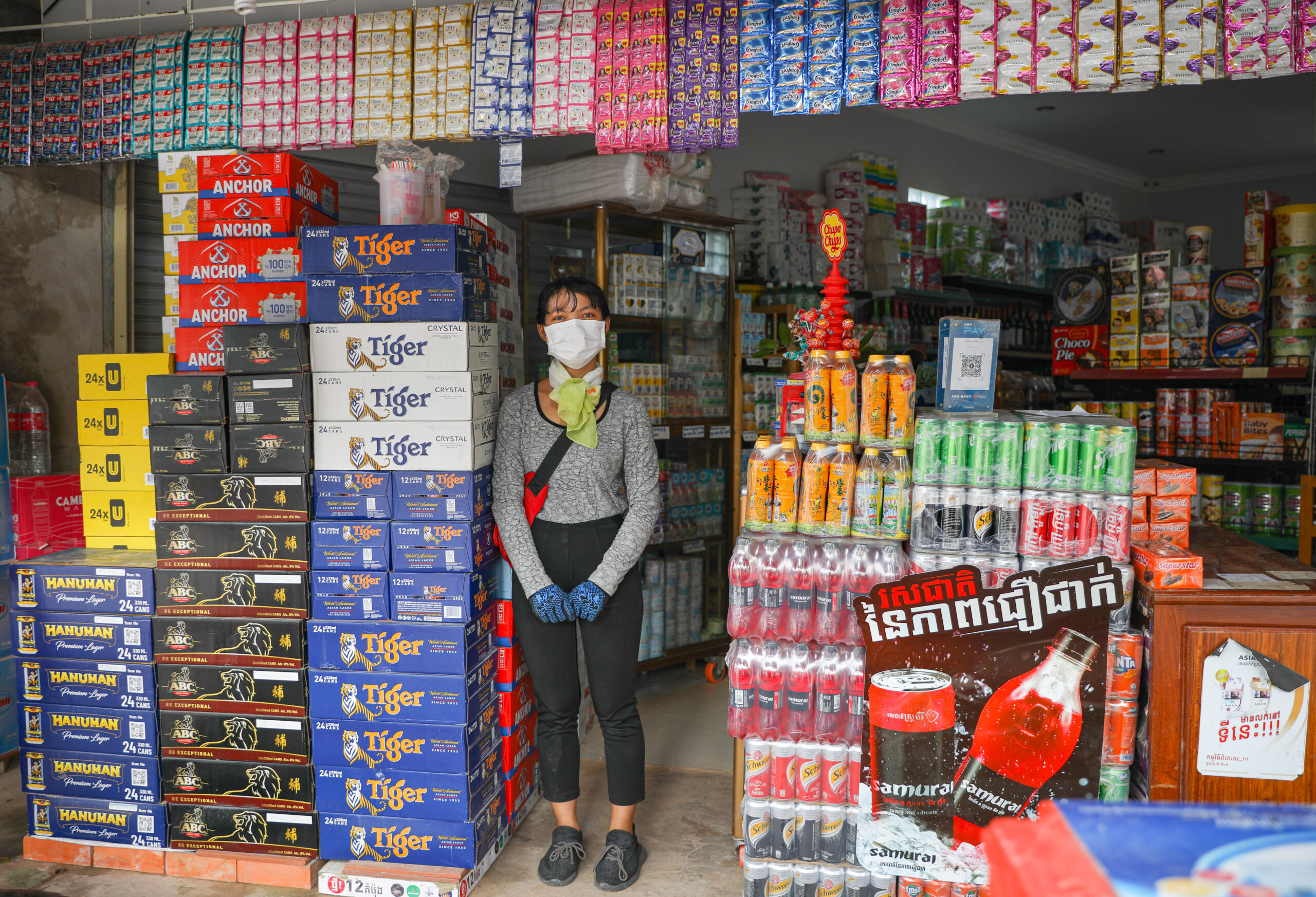
Additional reporting by Anton L. Delgado.


